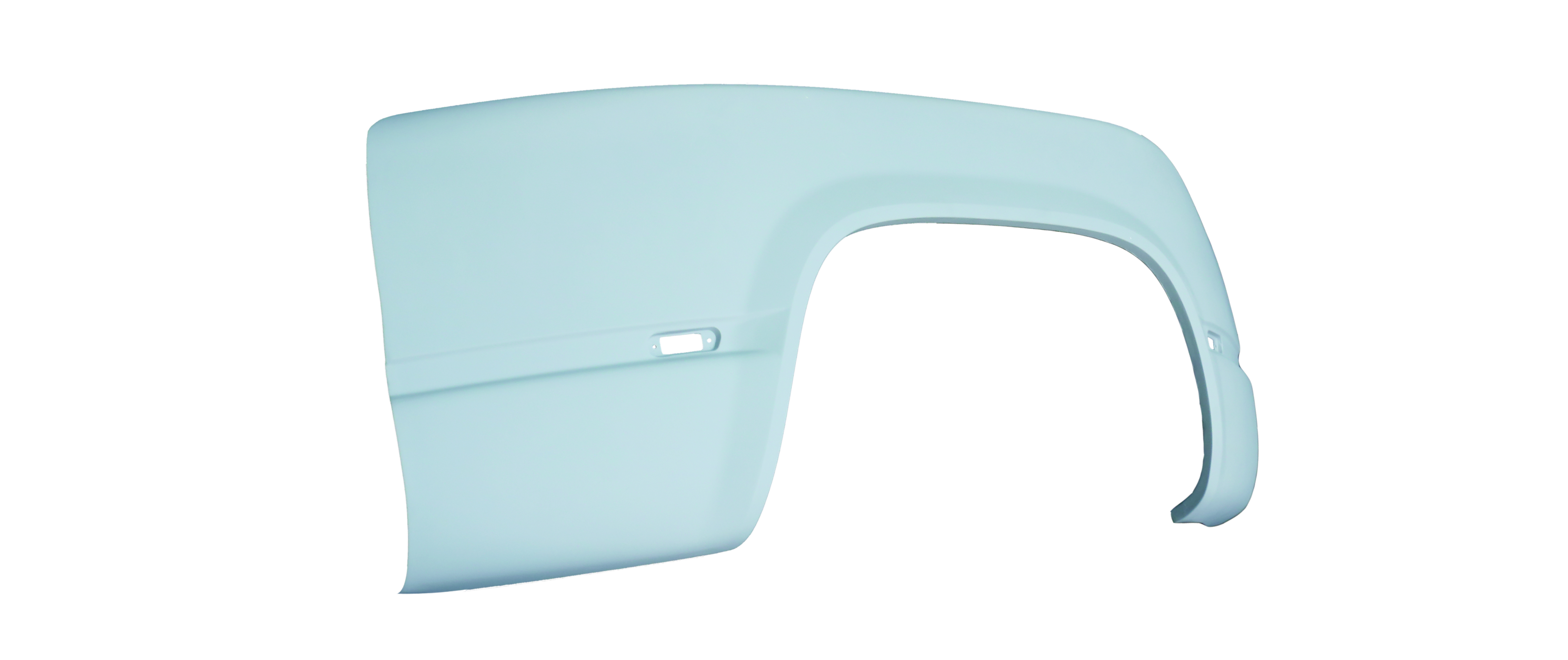Views: 0 Author: Site Editor Publish Time: 2024-06-26 Origin: Site









When it comes to choosing the right materials for vehicle body parts, the debate between carbon fiber and traditional materials has been ongoing. In this article, we will explore the benefits of carbon fiber and the advantages of traditional materials, helping you make an informed decision on which option is better for your vehicle.
In the quest for speed, efficiency, and durability, the automotive industry has continually evolved, introducing various materials for vehicle body parts. Traditional materials like steel and aluminum have dominated for decades, offering a blend of strength, affordability, and ease of manufacture. However, the advent of carbon fiber has sparked a debate on its efficacy compared to these conventional counterparts. Carbon fiber, known for its lightweight and high-strength properties, has become a buzzword in the automotive world, promising to revolutionize how we think about vehicle design and performance.
When it comes to vehicle performance, the weight-to-strength ratio is a critical factor. Carbon fiber stands out for its exceptional strength-to-weight ratio, significantly lighter than traditional materials like steel and aluminum, yet offering comparable or even superior strength. This remarkable feature of carbon fiber body parts means vehicles can achieve better fuel efficiency and higher speeds due to reduced mass without compromising safety or durability. The lightweight nature of carbon fiber also allows for more dynamic design possibilities, enabling manufacturers to explore innovative shapes and structures that were previously unattainable with heavier materials.
Carbon fiber's influence extends beyond mere weight reduction. Its application in vehicle body parts has been shown to enhance performance in several key areas. Firstly, the reduction in overall vehicle weight attributable to carbon fiber body parts contributes to improved acceleration and handling. Vehicles can respond more swiftly and navigate turns with greater precision, offering a more engaging driving experience. Additionally, the enhanced efficiency resulting from the adoption of carbon fiber leads to lower fuel consumption and reduced emissions, aligning with the growing emphasis on sustainability in the automotive industry.
In conclusion, while traditional materials like steel and aluminum have served the automotive industry well for many years, carbon fiber offers compelling advantages, particularly in terms of weight reduction, performance enhancement, and efficiency gains. As technology advances and the costs associated with carbon fiber continue to decrease, it is likely that we will see a greater adoption of carbon fiber body parts in vehicles. Ultimately, the choice between carbon fiber and traditional materials will depend on the specific needs and priorities of manufacturers and consumers alike.
+86 13913647707 / 13915651436


